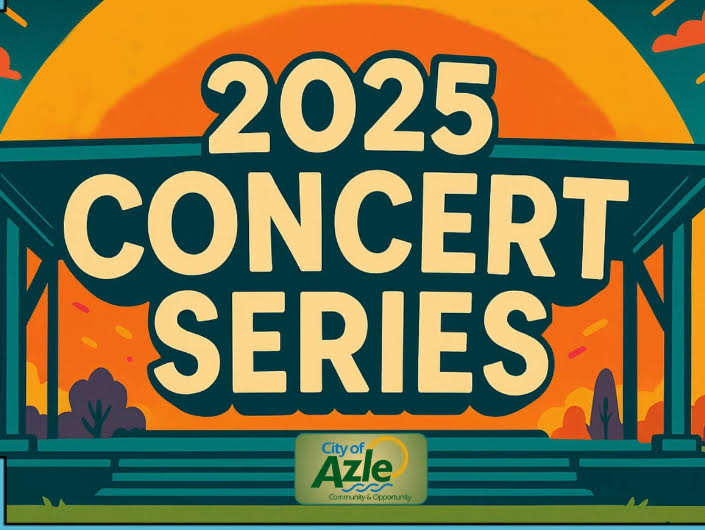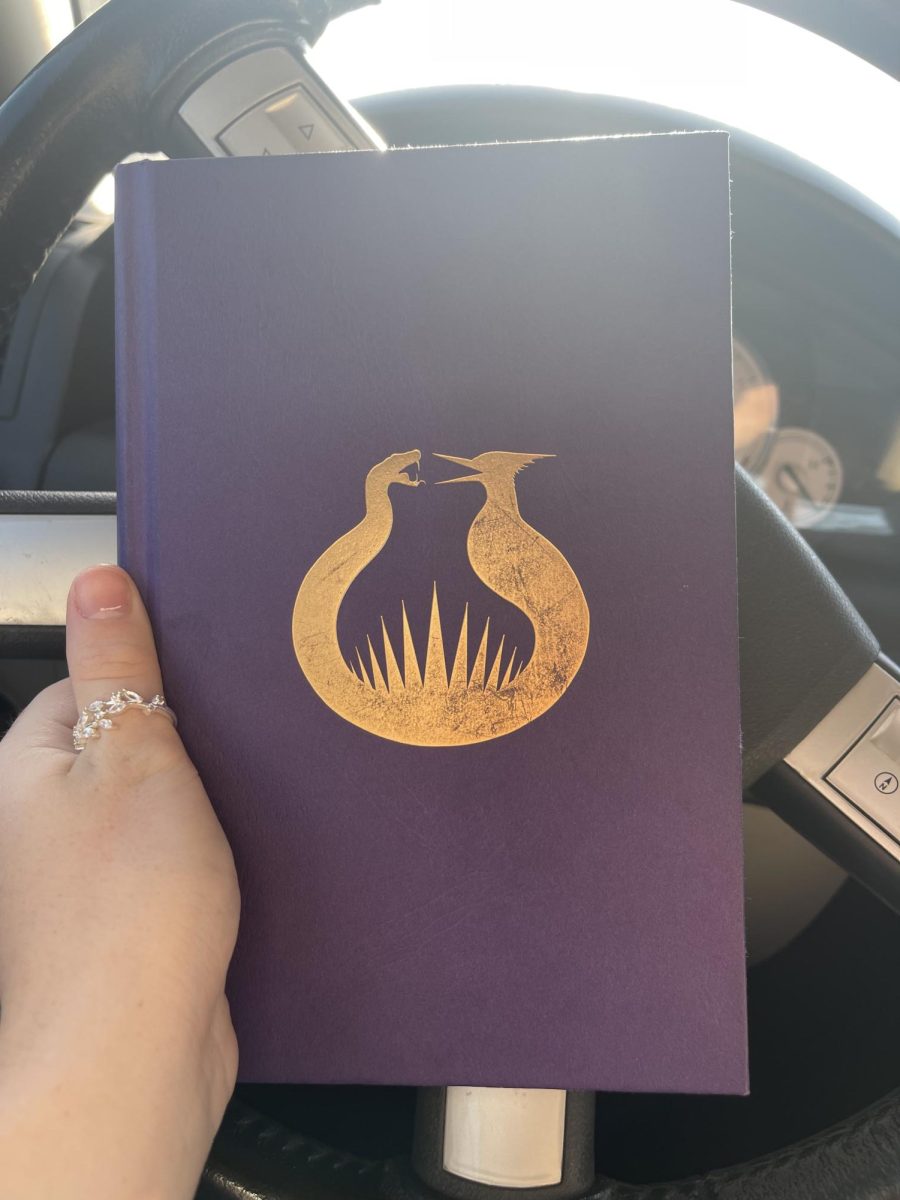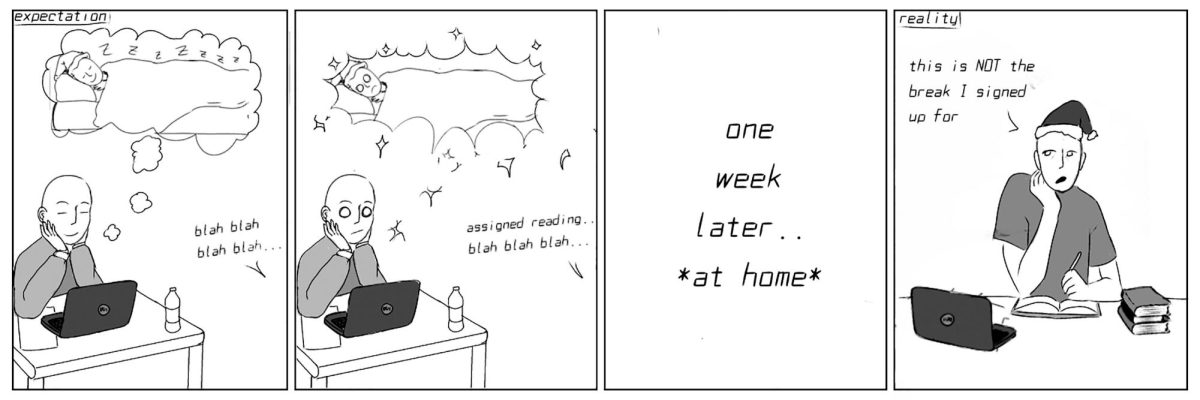Will Daylight Savings Be Permanent?
Photo of a sunrise in Jalisco, Mexico.
Enjoying eight months of Daylight Savings and four months of standard time, most of America set every clock forward one hour March 12. Daylight Saving Time is designed make better use of natural sunlight. Maximizing sunlight in the northern hemisphere, the second Sunday of March, and ending on the first Sunday of November. Every American is affected by the losing hour with many different opinions.
There was much-talented intelligence behind the savings. Famously, Benjamin Franklin expressed in a letter in Journal de Paris that he wanted to see the sunrise early in the morning and save an immense number of candles being burned. Daylight savings is mentioned once again a hundred years later, in 1895, when George Hudson suggested having a two-hour shift. Allowing Hudson to bug hunt longer, their recognition of savings changed the world’s perspective of daylight.
First introduced in the United States in 1918 to save fuel as much as possible during World War I, Daylight Savings is a continuation holiday for most Americans. States Hawaii and Arizona don’t participate in forwarding their clocks every year, many citizens have many opinions on the yearly holiday, and bills have been made to possibly make DST not “fall back” in November, permanently.
U.S. Senator Marco Rubio, a politician from Florida, introduced the Sunshine Protection Act in 2018, eliminating the changing of clocks to standard time. Rubio suggested crime rates, car accidents, physical fitness, energy usage, and robbery could potentially reduce slowly but surely. If the Sunshine Protection Act could potentially be looked at and passed through by President Joe Biden, DST would effectively take place all year long, instead of just for eight months.
Hello! My name is Danay Cortez and this year will be my third year in the newspaper and final year in high school :). The reason I joined the newspaper...
































































